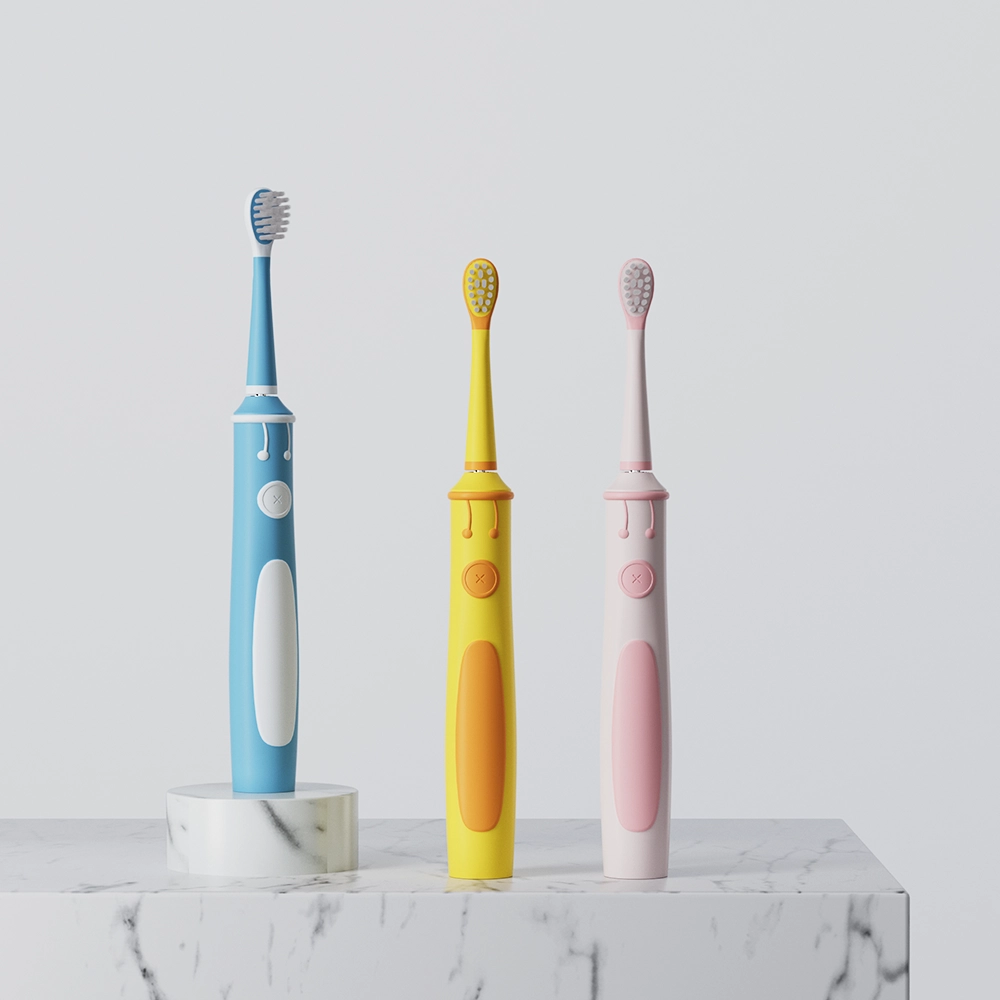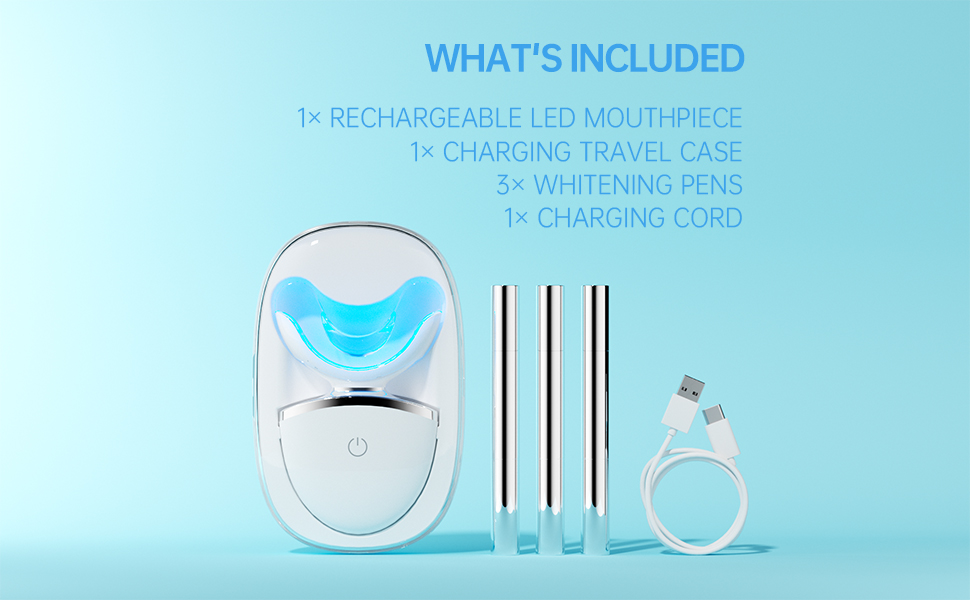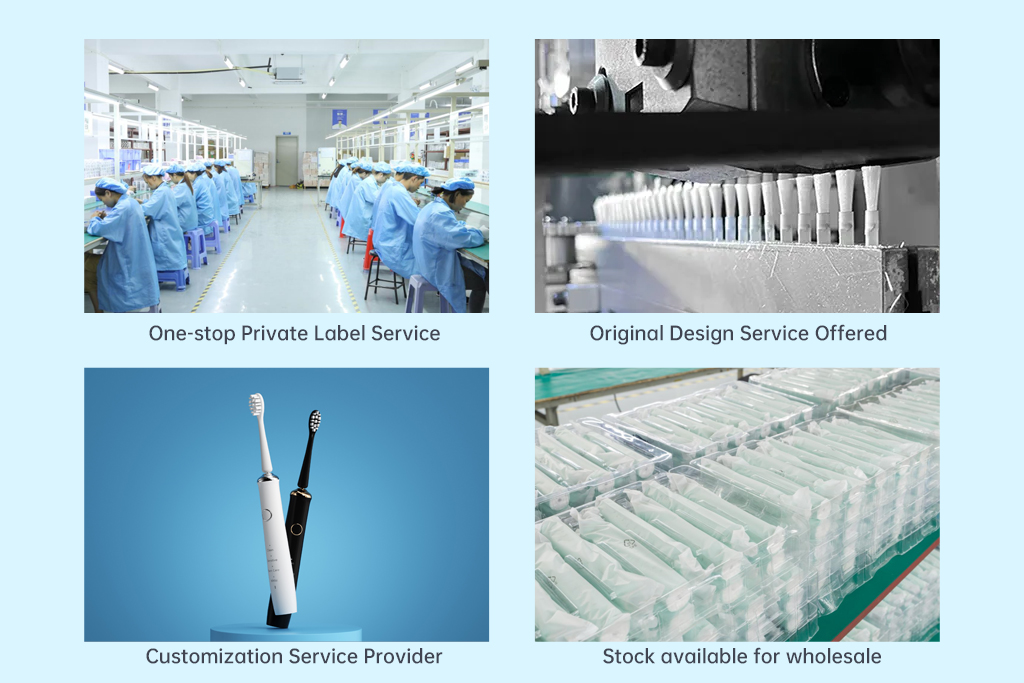In an era of rapidly evolving device ecosystems, charger mismatch has emerged as a surprisingly common issue with significant consequences. When chargers are poorly specified or incorrectly paired, they often result in battery incompatibility, posing both performance and safety risks. This article explores how mismatched charging components can undermine battery lifespan and reliability—and what manufacturers can do to prevent these costly failures.
Charger mismatch refers to situations where the charger’s output characteristics—such as voltage, current, or connector type—do not align with the device’s battery requirements. This can happen for several reasons:
Even minor deviations in output specifications can gradually degrade battery health or trigger immediate charging failures.
Battery incompatibility can present through a range of observable symptoms:
These symptoms are often mistakenly attributed to defective batteries, when the real culprit is an incompatible charger. Company web:https://www.powsmart.com/product/electric-toothbrush/
From a B2B perspective, charger mismatch is not just a consumer inconvenience—it’s a liability. When customers unknowingly use incompatible chargers:
Manufacturers must therefore design clear safeguards to protect both users and their own operations.
Beyond obvious hardware failures, repeated battery incompatibility accelerates long-term degradation:
Additionally, disposal costs rise, as batteries that fail prematurely often cannot be recycled easily due to safety hazards.
Fortunately, several proven strategies can mitigate these risks:
These steps help ensure every charge cycle remains safe and effective.
While charger mismatch is often overlooked, proactively addressing it can set your brand apart. Devices engineered with intelligent compatibility safeguards build user trust, reduce support costs, and strengthen product differentiation in a crowded market.
Ultimately, charger mismatch and battery incompatibility are not minor technical oversights—they are critical vulnerabilities that can damage user experience and brand equity. By investing in precise engineering and clear user education, manufacturers can deliver devices that perform reliably throughout their intended lifespan.


-3-scaled.png)
Are You a Teeth Whitening Kit Manufacturer Serving the Beauty Salon Supply Industry?
Rechargeable Oral Care Kit Supplier | Complete OEM/ODM Solutions

Innovating a Whitening Gel Formula for Your Cosmetic Product Development
Tooth Chipping Alongside Root Darkening – Irreversible?

Essential Considerations for Electric Toothbrush OEM Projects
1-scaled.jpg)
The Growing Demand for At-Home Teeth Whitening & What It Means for Brands
.jpg)
How Can Water Flosser Manufacturing Process Create a Truly Eco-Friendly Oral Product?
Grip Fatigue with Noise Pollution – Design Flaw?
Cordless Oral Irrigator Wholesale
Electric Toothbrush with UV Cleaning Base | Advanced Oral Hygiene Solutions
Water Ingress Causing Motor Rust—How Serious Is It?
.jpg)
Sourcing Sonic Toothbrush B2B for Your Role as a Hotel Amenity Supplier?
.jpg)
How Does a Toothbrush with Timer Elevate a Smart Oral Care Device?

How Consumption Upgrading Is Redefining Oral Care Product Development
dual-action electric toothbrush OEM
Sonic Toothbrush Export from China | OEM/ODM Professional Supplier
.jpg)
Florida Electric Toothbrush – Powsmart PTR-C8

electric toothbrush heads Regular Clean

Customization Teeth Whitening Gel

Electric toothbrush heads Charcoal Infused-Diamond

electric toothbrush heads Charcoal Infuse-Round

Private Label Whitening Gel

electric toothbrush heads Deep Clean

electric toothbrush heads Ultra Soft
whstapp
whstapp
National Toll-Free Service Hotline
+86 755 86238638